By: Dr. Elizabeth Eggert
You may have heard the term orofacial myofunctional disorder but how much do you know about it? If you’re like most people, probably not much. Surprisingly, it affects a large percentage of the population. It’s estimated that 38% or more than 1 out of 3 people are affected by OMD.
Defining Orofacial Myofunctional Disorder
Orofacial myofunctional disorder (OMD) is a disorder of the muscles and functions of the face and mouth.
There are several causes of OMD:
- Thumb or finger-sucking, cheek or nail-biting, bruxism, tongue, lip or cheek-sucking
- Extended use of a pacifier or sippy cups
- Tongue-tie
- Neurological deficits and developmental delays
OMD can also be hereditary.
Symptoms of OMD include:
- Insufficient nasal breathing or oral breathing
- A habit of resting with the lips apart
- A forward-resting positioning of the tongue
- Tongue thrust
- A restricted nasal airway due to enlarged tonsils/adenoids, deviated septum and/or allergies
- TMJ
- Headaches
- Airway obstruction
OMD affects the body in many ways
OMD can cause dental problems
Because swallowing requires the cooperation of many muscles simultaneously, people who are diagnosed with OMD often have a difficult time swallowing. In some ODM cases, when swallowing, the tongue doesn’t press on the hard palate but instead is thrust up into the front teeth and out to the sides, putting undue pressure on the teeth. This can result in a misaligned bite which makes biting, chewing and swallowing difficult.
When the tongue pushes against the back of the front teeth it can create a gap between the upper and lower sets of teeth. This gap is referred to as an open bite.
OMD can affect facial appearance
Since OMD is characterized by improper muscle function in the jaw, the effects are often visible.
Physical observations may include:
- A sluggish face and weak, parted lips
- A tight chin
- Facial grimace
OMD can cause sleep issues
An open airway requires proper positioning of the soft tissues of the mouth. When a person struggles with OMD, the soft tissues frequently obstruct the airway, causing mild or moderate sleep apnea.
OMD can affect speech
Once again, because of improper positioning of the tongue and lips, many people have a difficult time articulating sounds and may speak with a lisp.
Eggert Family Dentistry can help!
Dr. Elizabeth and Dr. Jeff have experience identifying OMD and helping devise custom treatment plans for each of our clients.
If you’re interested in talking with us more about OMD and are wondering if you could benefit from OMD interventions, give our office a call at 651.482.8412. We’re here to help you achieve a confident, healthy smile and wellness for life!
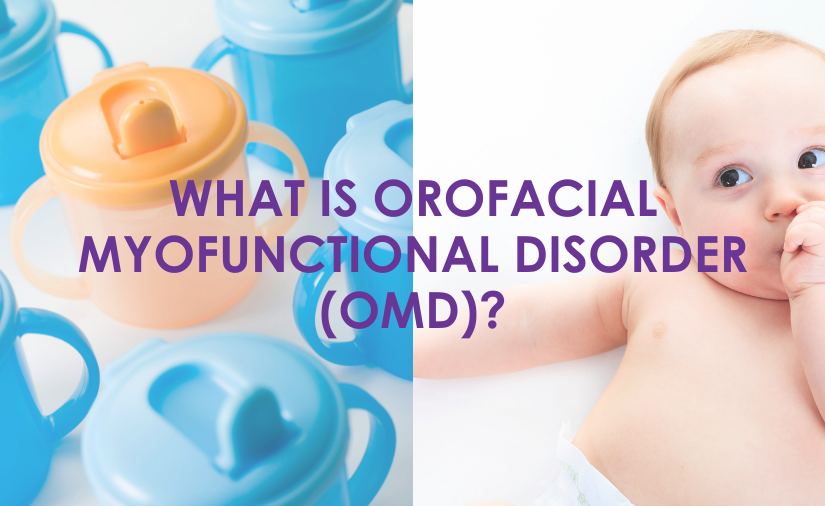
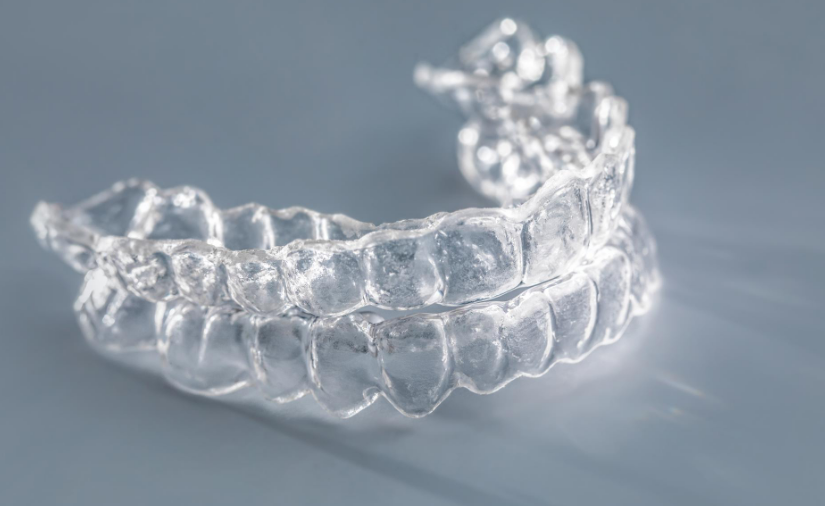
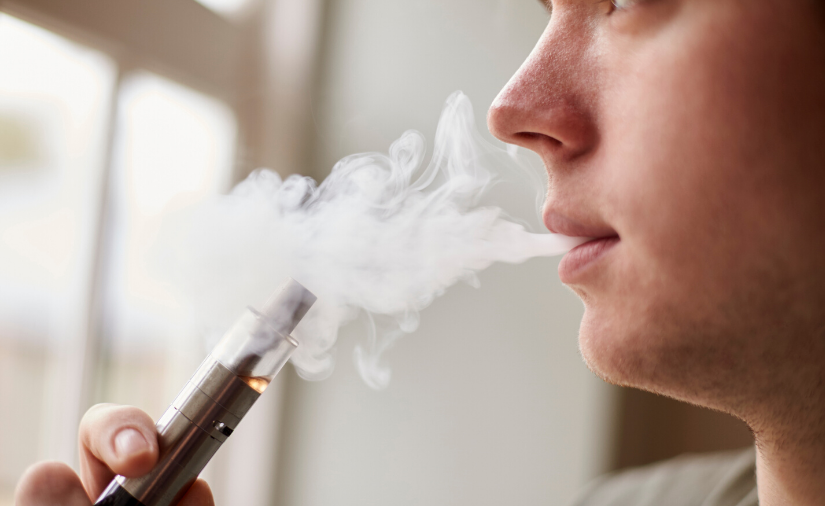

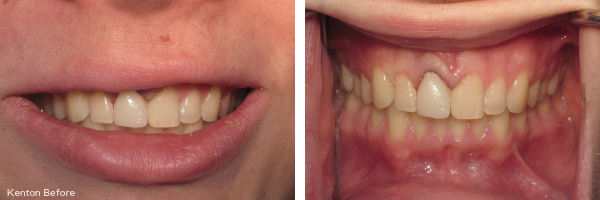


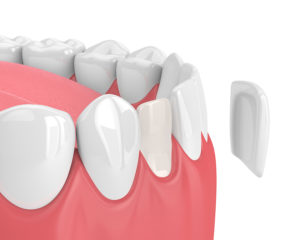 Dental veneers
Dental veneers
 Few dental situations make a teen feel more self-conscious than crooked teeth. Not only do braces straighten teeth and correct your teen’s bite but because crooked teeth can lead to other oral health problems, braces also reduce the instance of cavities and gum disease. It’s never too early to begin the braces conversation with Dr. Elizabeth or Dr. Jeff! While we are not an orthodontic office and only provide some Invisalign services, we are happy to refer you to some excellent orthodontists in the area when recommended.
Few dental situations make a teen feel more self-conscious than crooked teeth. Not only do braces straighten teeth and correct your teen’s bite but because crooked teeth can lead to other oral health problems, braces also reduce the instance of cavities and gum disease. It’s never too early to begin the braces conversation with Dr. Elizabeth or Dr. Jeff! While we are not an orthodontic office and only provide some Invisalign services, we are happy to refer you to some excellent orthodontists in the area when recommended. First of all, the best defense against a knocked out tooth is a mouthguard. Dr. Elizabeth or Dr. Jeff can craft your teen a custom mouthguard that will fit snugly against their teeth and protect them while they’re playing sports. However, we know that in some instances a permanent tooth can get knocked out. Should this happen, it’s best to rinse the tooth in cool water and try and replace the tooth in the socket by having your teen bite down on gauze or a wet washcloth. If the tooth won’t relodge, place it in a small container of milk. In both instances, give us a call right away. We will fit your teen in for an emergency appointment.
First of all, the best defense against a knocked out tooth is a mouthguard. Dr. Elizabeth or Dr. Jeff can craft your teen a custom mouthguard that will fit snugly against their teeth and protect them while they’re playing sports. However, we know that in some instances a permanent tooth can get knocked out. Should this happen, it’s best to rinse the tooth in cool water and try and replace the tooth in the socket by having your teen bite down on gauze or a wet washcloth. If the tooth won’t relodge, place it in a small container of milk. In both instances, give us a call right away. We will fit your teen in for an emergency appointment.